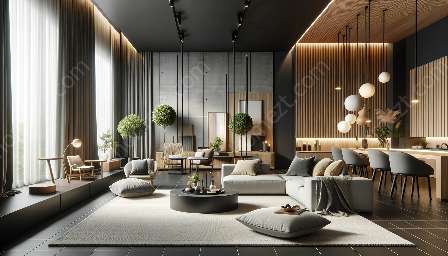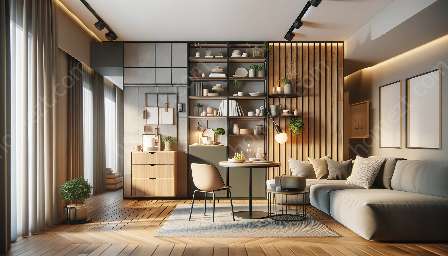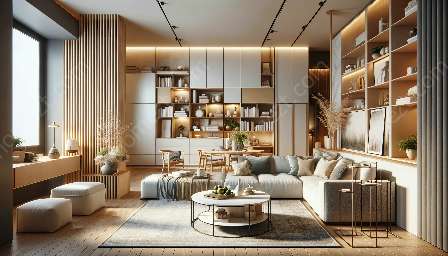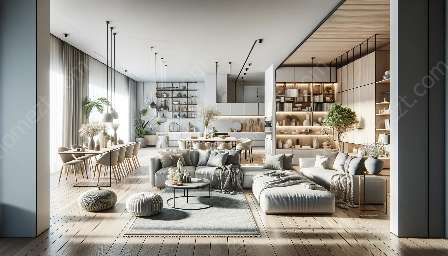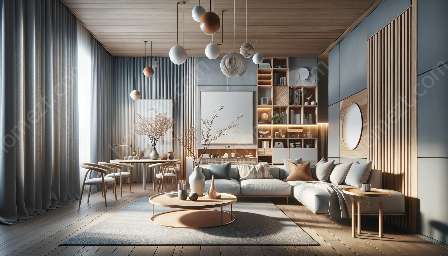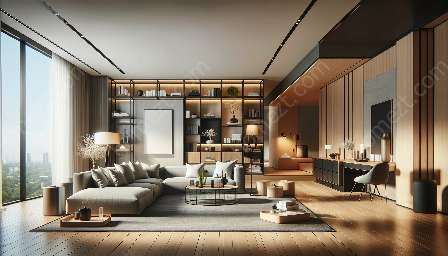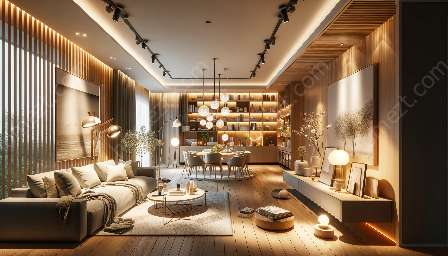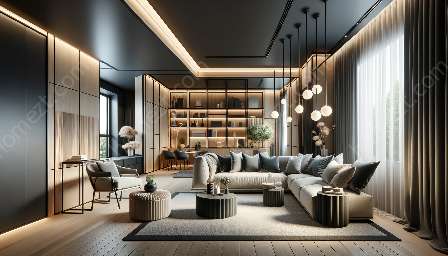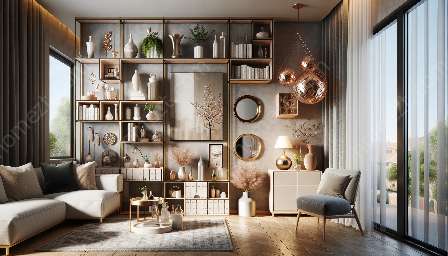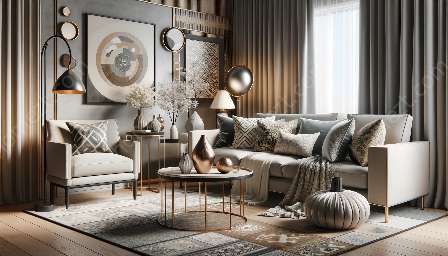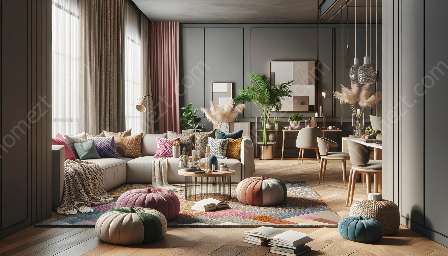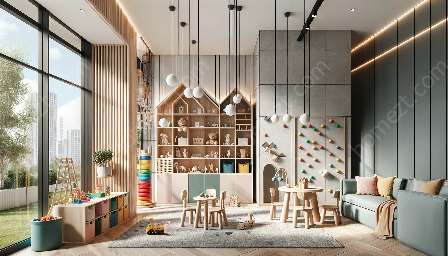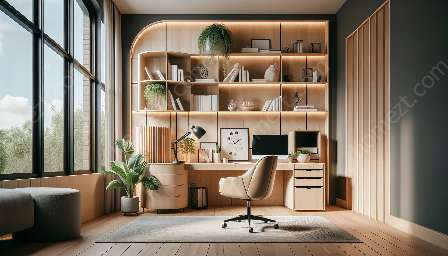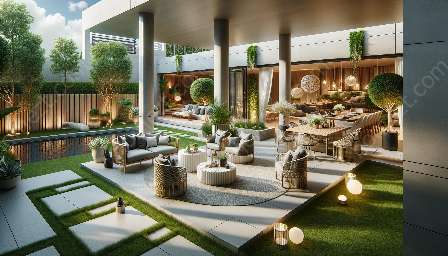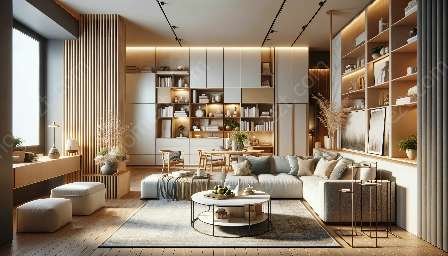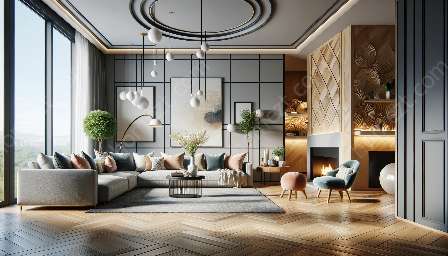Creating Functional Living Areas
When it comes to interior design, creating functional living areas is all about optimizing space planning and making the best use of home furnishings. By thoughtfully organizing and designing your living spaces, you can enhance both the aesthetic appeal and practicality of your home. In this guide, we'll explore the principles of creating functional living areas, share tips for effective space planning, and discuss how to choose the right home furnishings that are compatible with your design goals.
Understanding Functional Living Areas
What are Functional Living Areas?
Functional living areas are spaces within a home that serve a specific purpose and are designed to be both visually appealing and practical. These areas can include the living room, dining area, home office, and other zones where people spend time and engage in activities. The key to creating functional living areas is to optimize the layout and arrangement to support the intended use of the space while maintaining a cohesive design aesthetic.
Optimizing Space Planning
The Importance of Space Planning
Space planning is a crucial aspect of creating functional living areas. It involves analyzing the available space, determining how it will be used, and then arranging furniture and other elements to achieve a harmonious and efficient layout. Effective space planning takes into account traffic flow, natural light, and the relationship between different areas within the home.
Strategies for Effective Space Planning
1. Define Zones
- Identify the various functions that each area will serve, such as relaxation, entertainment, or dining.
- Use furniture and decorative elements to visually delineate different zones within a larger space.
2. Consider Traffic Flow
- Ensure there are clear pathways for movement throughout the space, taking into account entry and exit points.
- Arrange furniture to facilitate easy movement and prevent congestion in high-traffic areas.
3. Maximize Natural Light
- Position furniture to take advantage of natural light sources, such as windows and skylights.
- Utilize reflective surfaces and light-colored furnishings to enhance the brightness of the space.
Choosing the Right Home Furnishings
Matching Furnishings to Space Planning
Once you've established a well-planned layout for your living areas, it's essential to select home furnishings that complement your space planning efforts. The right furnishings can enhance the functionality and visual appeal of the space while reflecting your personal style.
Considerations for Selecting Home Furnishings
1. Scale and Proportion
Choose furniture that is appropriately scaled for the size of the room, ensuring that it fits well within the designated zones without overwhelming the space.
2. Versatility
Look for multifunctional pieces that can adapt to different uses, such as storage ottomans or nesting tables, to maximize utility in a limited space.
3. Cohesive Style
Coordinate the design and style of your furnishings to create a harmonious look that ties together the various living areas within your home.
Example of Creating Functional Living Areas
Bringing It All Together
To illustrate the concepts discussed, let's consider a real-life example of creating functional living areas. In a compact urban apartment, the open-plan living and dining area is optimized for multifunctional use. The space planning carefully defines distinct zones for lounging, dining, and home office activities, ensuring efficient traffic flow and maximizing natural light. The home furnishings, including a modular sofa with built-in storage and a extendable dining table, are chosen to complement the space planning, offering versatility and cohesion while maintaining a stylish and welcoming ambiance.
By following the principles of creating functional living areas, optimizing space planning, and selecting the right home furnishings, you can transform your living spaces into attractive, practical, and cohesive environments that reflect your lifestyle and personal taste.

